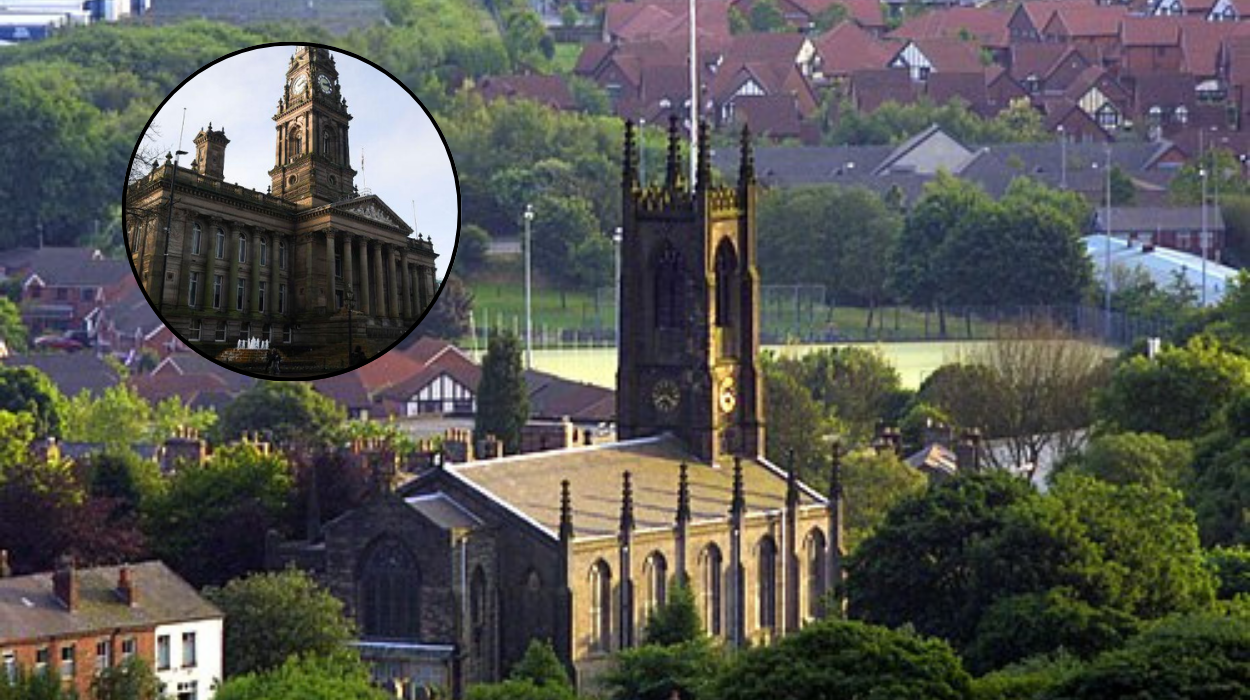Key Points:
- Bolton Council has recently approved a planning application for a new children’s home to be established on Greenway in Horwich, Bolton.
- The planning application was decided and approved with conditions on 3rd October 2025, as documented on the Bolton Planning portal Application 20380/25.
- The approved scheme is part of wider efforts by the Council to address housing and care needs for vulnerable children in the borough.
- The application involved the variation of a previous condition on an earlier planning permission application 14129/22.
- Statements and opposition from Horwich Town Council, local councillors, and residents were submitted during the planning process, citing concerns about neighbourhood impact and the selection process.
- The final officer’s report cited the need for effective use of land, sustainable development, and compliance with safety, design, and biodiversity rules.
- The children’s home is expected to offer residential care according to standards outlined by UK government guidance for children’s care homes.
- The planning process was directly influenced by borough-wide adjustments in planning restrictions, including Article 4 Direction curbing unregulated property conversions.
What prompted Bolton Council's approval of the Greenway children's home?
Bolton Council recently gave planning approval for the transformation of a residential property on Greenway, Horwich, into a registered children’s home during the committee’s deliberations held in early October 2025. The decision follows growing local and national concern about the shortfall in high-quality residential facilities for vulnerable children, after reports highlighted challenges present in existing provision across Greater Manchester.
How did planning application 20380/25 proceed and what was its final outcome?
As reported by the Planning Case Officer on the official Bolton Planning Portal, the relevant application 20380/25 sought a Section 73 variation on conditions set by an earlier permission, reference 14129/22, related to approved building plans for 119 Lee Lane, Horwich. The planning process involved extensive validation, starting from 21st May 2025. The final decision, issued on 3rd October 2025, granted approval subject to specified conditions on the revised plans and operational usage.
What statements and objections emerged from officials and local residents?
Horwich Town Council and several residents submitted written objections and comments throughout the consultation phase, urging planners to consider local neighbourhood character, traffic concerns, and clarity on the home’s operation. According to documentation published with committee minutes, councillors expressed worry about the proximity of care homes to existing residential dwellings, while several neighbours raised issues about site boundaries and safeguarding for children in care.
Despite these objections, the officer’s report referenced by the Planning Case Officer concluded that the proposal complied with borough policies on sustainable development, housing mix, community safety, and net biodiversity gain. The committee determined that the site usage aligns with ongoing efforts to support local care strategies.
What conditions or requirements were included in the council's approval?
Bolton Council’s planning officer stated that the home must
conform to national safety standards, design principles, and the technical
housing standards prescribed for residential care in the UK. Conditions
attached to the approval specify limits on occupancy, operational guidelines for
safeguarding and staff supervision, and the preservation of public rights of
way adjacent to the property.
An immediate boroughwide Article 4 Direction introduced in June 2025 requires
all conversion proposals—including those for children’s homes—to seek full
planning consent, adding an extra layer of scrutiny for this approval.
What is the wider strategic intent behind approving more children's homes in Bolton?
According to Bolton Council’s strategic policy guidance and statements collected from the Cabinet Committee, the expansion of children’s homes directly addresses the increasing demand for places that meet modern safety and welfare expectations for looked-after children. The council highlighted that Ofsted guidance and national care strategies now require improved accountability and oversight for residential children's facilities, hence the careful planning and community consultations prior to granting planning permission.
How does this decision fit into broader community concerns and care policies?
Residents’ objections noted within planning documentation and town council minutes relate primarily to possible changes in neighbourhood atmosphere and perceived risks from increased traffic and new operational arrangements on Greenway. The committee balanced these concerns against national imperatives for improving children’s care, ultimately finding in favour of the proposal due to its compliance with all relevant statutory and local regulations.
What are the next steps for opening and operating the new children’s home?
Following planning approval, the property owners and operators will need to register the home under the correct Ofsted scheme, provide evidence of safeguarding measures, and ensure staff training according to UK government guidelines. Bolton Council indicated that the conditions of approval will be regularly reviewed and monitored, with opportunities for public representation should residents have further concerns about the running of the home.
Which journalists and sources covered these developments and what was their assessment?
This news report draws directly on statements issued by Bolton Council’s Planning Portal (case officer entry for 20380/25), strategic housing policy statements from the Bolton Cabinet Committee, and local consultation minutes from Horwich Town Council. National context and standards reference the “Introduction to Children’s Homes” published by the Department for Education in July 2025. Attribution has been stated at every point of official statement or direct report.
